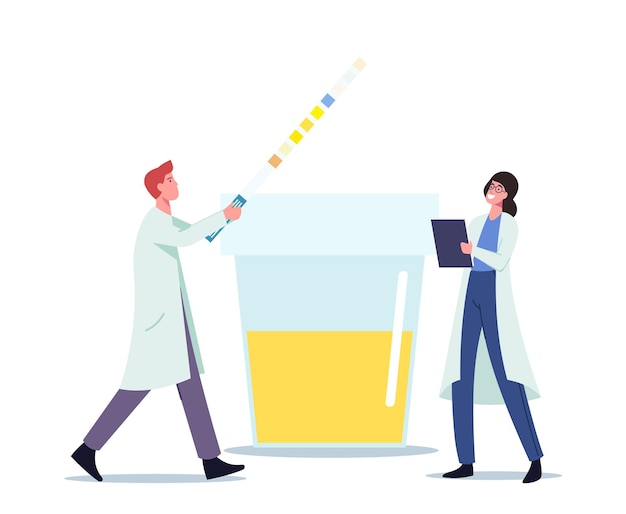
Keeping track of how well medical treatments are working is essential. For example, people with diabetes regularly check their blood sugar levels and adjust their insulin doses. Similarly, patients on blood thinners are closely monitored to ensure they’re getting the right amount.
But what if these medications are faulty, or they get metabolized too quickly before being measured? Doctors might prescribe higher doses to get the expected effects. If those doses aren’t broken down as the earlier ones were, it could lead to an overdose, which can be very dangerous or even lethal. That’s where urine testing comes in handy.
Why Use Urine Tests?
Urine tests are important not just to see if a medication is working, but also to make sure it’s present in the right quantities in the body. If urine tests show the correct levels of medications and their byproducts, doctors know the drug levels are appropriate and the effects are as expected. If the levels are off, it signals that adjustments are needed.
There are other significant reasons for urine testing. Sometimes, it’s difficult, expensive, or not feasible to confirm a diagnosis without testing. In such scenarios, doctors may prescribe a treatment as a part of the diagnostic process. If the patient responds well to the treatment, it can confirm the diagnosis. If not, other treatments might be explored. Monitoring medication levels through urine tests ensures that the doses have been sufficient to confirm or rule out certain conditions.
Another reason to keep track of medication levels is to prevent harmful drug interactions. Everyone’s body handles medication differently, and certain issues like liver or kidney problems can slow drug removal. If a patient finishes one treatment and needs another right away, lingering drugs from the first treatment could interact with the new ones. Urine tests help see if the previous drugs are out of the system, minimizing wait times and speeding up treatment for new conditions.
Why Choose Urine Over Blood Tests?
People usually think of blood tests for checking what’s happening inside the body. However, there are times when blood tests don’t give a full picture. Many of these tests need frequent repetition—sometimes several times a day. Since levels can vary throughout the day, multiple tests might be necessary.
Urine tests can be easier at home using dip strips or similar methods. Patients can collect samples themselves and bring them to a lab if needed. This is more convenient than blood tests, as people generally don’t like getting their blood drawn and might skip the test if it’s too painful.
Urine tests provide a clearer picture of how medications are being used in the body. The body processes drugs and expels them through urine, leaving specific byproducts that labs can detect. These byproducts give doctors clear information about a patient’s medication levels and health status.
Blood may not show these byproducts if the liver and kidneys are functioning well, which means urine tests can detect problems early on. They’re also more reliable because blood tests that show no problems might miss certain issues.
From a practical standpoint, repeated urine tests are easier because as long as a person is hydrated, they can provide samples frequently. On the other hand, frequent blood draws can be tough, especially for someone with circulatory issues, and can discourage ongoing testing.
Who Benefits From Frequent Testing?
Many patients can benefit from frequent urine testing. Some medications have lingering effects even after stopping use, making it hard to know when the body no longer needs the medicine. For instance, if you stop a medication on Tuesday but still feel its effects on Friday, your doctor might think you don’t need it anymore. However, a urine test could reveal that the drug is still in your system, continuing to help. It allows doctors to confirm you’re symptom-free once the medication has fully cleared. If symptoms return after the drug leaves your system, continuing the treatment might be necessary. This approach helps avoid drug interactions, resistance, and side effects.